What I Learnt From Temple Grandin
And How This Can Help You Too
Learn from Temple Grandin Today!

**************************************
Join me for an upcoming Workshop:
Can't make these Workshop dates? Join me for a self-paced on-demand course:
Sue Larkey On-Demand Workshops
**************************************
Discussed in this Episode:
✅ Share her insights on sensory processing, social skills and behaviour
✅ How amygdala impacts behaviour and sensory processing
✅ Why there is an increased emotional response to stimuli
✅ Why we need to use specific strategies
✅ How Temple Grandin inspired me
✅ Why people with ASD do what they do
Learn from Temple Grandin and discuss the Amygdala today!
The Amygdala and ASD
- Have you heard of the ‘Amygdala’? Did you know it is thought that an enlarged amygdala could be causing anxiety, sensory processing differences, and more. The amygdala is part of the limbic system within the brain, which is responsible for emotions, survival instincts, and memory.
- In his workshops Dr Tony Attwood discusses the studies that have found that the amygdala is enlarged in children with autism spectrum disorder (ASD). He believes this is why we see children not being able to regulate behaviour, unusual reactions to pain and more.
- He also discusses how the amygdala is responsible for detection of threats and mobilising an appropriate behavioural response, part of which is fear. Therefore, it is probable it contributes to their abnormal fears and increased anxiety
“My amygdala is three times larger than normal”
– Learn from Temple Temple Grandin!
I think this helps us understand why people with ASD do what they do (anxiety, sensory sensitivities, behavioural meltdowns, etc.) and also why we need to use specific strategies like: Routines, Visuals, Cognitive Behaviour Therapy and Occupational Therapy. In my experience these strategies all help support students to engage and participate in situations they find stressful and overwhelming. I guess you could call it ‘re-training the brain’. By undertaking these strategies we are helping the child process and cope in otherwise stressful situations.
What is know about the amygdala is that is had dual sensory input system. The amygdala is specialised for reacting to stimuli and triggering a physiological response, a process that would be described as ’emotion’ of fear.
Once an emotion has been turned on, it is difficult for the cortex to turn it off
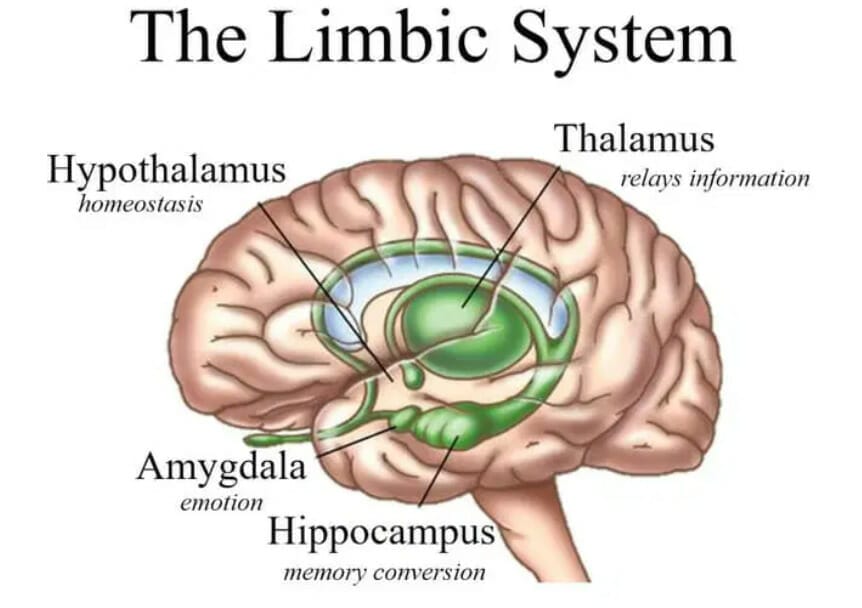
REGISTER TO WATCH Free Live Webinar
Sensory Strategies for Busy & Complex Classrooms.
The often-overlooked cause of behaviours
In this Free Live Webinar You Will Learn:
- What Role do Sensory Solutions have in De-escalating Behaviour & Increasing Participation?
- Benefits of a Simple Sensory Programme in your Classroom
- What is SPD?
- How to Identify Students who could have SPD
- Checklist to Identify Underlying Sensory Causes of Behaviour
- The MOST Overlooked Sensory Tools & How to use
- Quickfire Solutions to Implement this Week
Thursday 28th July 2022 (4pm to 5pm AEST)
1 hour of Power
(Can also register for the Replay)
We hate spam as well. We will never share your email with anyone and you can unsubscribe at anytime.
Many children with ASD can become sensory overloaded or have another diagnosis of SPD (Sensory Processing Disorder)
Sensory Overload Can Look Like:
-
Refusing activities
-
Racing heartbeat
-
Hysterical crying
-
Covering ears
-
Hiding or running away
-
Extreme sensitivity to sound, light, etc
-
Stomach distress – nausea, vomiting, cramps
-
Sweating
-
Agitation or anger
-
Repeating actions or words
-
Change in complexion – skin flushes/goes pale
-
Loss of balance
Practical Sensory Programmes
| by Sue Larkey | This book is designed for families and schools to incorporate sensory activities into the home and school in order to address the significant difficulties students with an ASD often encounter. It shows how to identify sensory problems and develop programmes. Over 100 activities including all five senses and movement.
$54.95
8 in stock
How TemPle Grandin Manages Sensory Overload
“I have been doing lots of decorations [in this interview] on various papers, with doodling. I just need to have something to do with my hands”
– Temple Grandin
Occupational Therapists often introduce a sensory diet which aims to enhance the child’s efferent and appropriate response to sensory stimulation. In my experience, home and school/preschool also need to encourage and support the child to engage in a range of sensory activities. When children play outside, climb on equipment, do puzzles, paintings, etc. they are developing essential sensory, perceptual and visual skills. Many children with ASD and SPD need to be encouraged to try a range of these activities as we know they are a vital part of a child’s physical, emotional and academic success.
Benefits Of Sensory Tools:
Key Benefits for Using Sensory Tools
- Holding an object in their hands can often enhance learning e.g. at mat time, if given a fidget toy, the student
- Can sit for longer
- Is less disruptive to peers
- Is calmer to start activities
- Has reduced anxiety levels
- Children find sensory activities extremely rewarding (unlike stars or verbal rewards).
- Sensory tools may replace inappropriate behaviours e.g.
- Replace biting a hand with chewy tube
- Replace difficulty waiting with using a water ball or stretch toy
How to Use a Sensory Tool
- Use tool as a waiting object (i.e. hold the ball until it is your turn for the game).
- Use the tool as a transition visual (e.g. Twist Puzzle with visual attached to line up, sit on mat etc.).
- Set rules around their use, e.g. return tools to box at end of mat time, or on desk when working.
- Use visual schedules/photos to remind student of rules around use of sensory tools.
- Use a range of sensory tools and change regularly.
What about Everyone Else?
- Use classroom peer training to help other students in the class understand that people with ASD don’t choose to use these tools. They really need them to concentrate. They are just like reading glasses: increase concentration, focus, and independence.
- Have a sensory box that all students can use.
Sensory Tools to Help the Children you Know :
-
Wooden Massager
$6.00 -
Pencil Grips – 3 Types
$4.00 -
Putty
$4.00 -
Punki Wrist Band
$3.00 -
Smiley Face Stress Ball
$3.00 -
Frog Stretch Toys (6 for $3)
$3.00 -
Mesh Stress Ball
$5.00 -
Improbable Construct Fidget
$6.00 -
Water Ball
$4.00 -
Spinning Tops (3 for $3)
$3.00 -
Chew Stixx Pencil Toppers – Textured (Pack of 2)
$15.00 -
The Motor Skill Flip-Book Program
$59.95
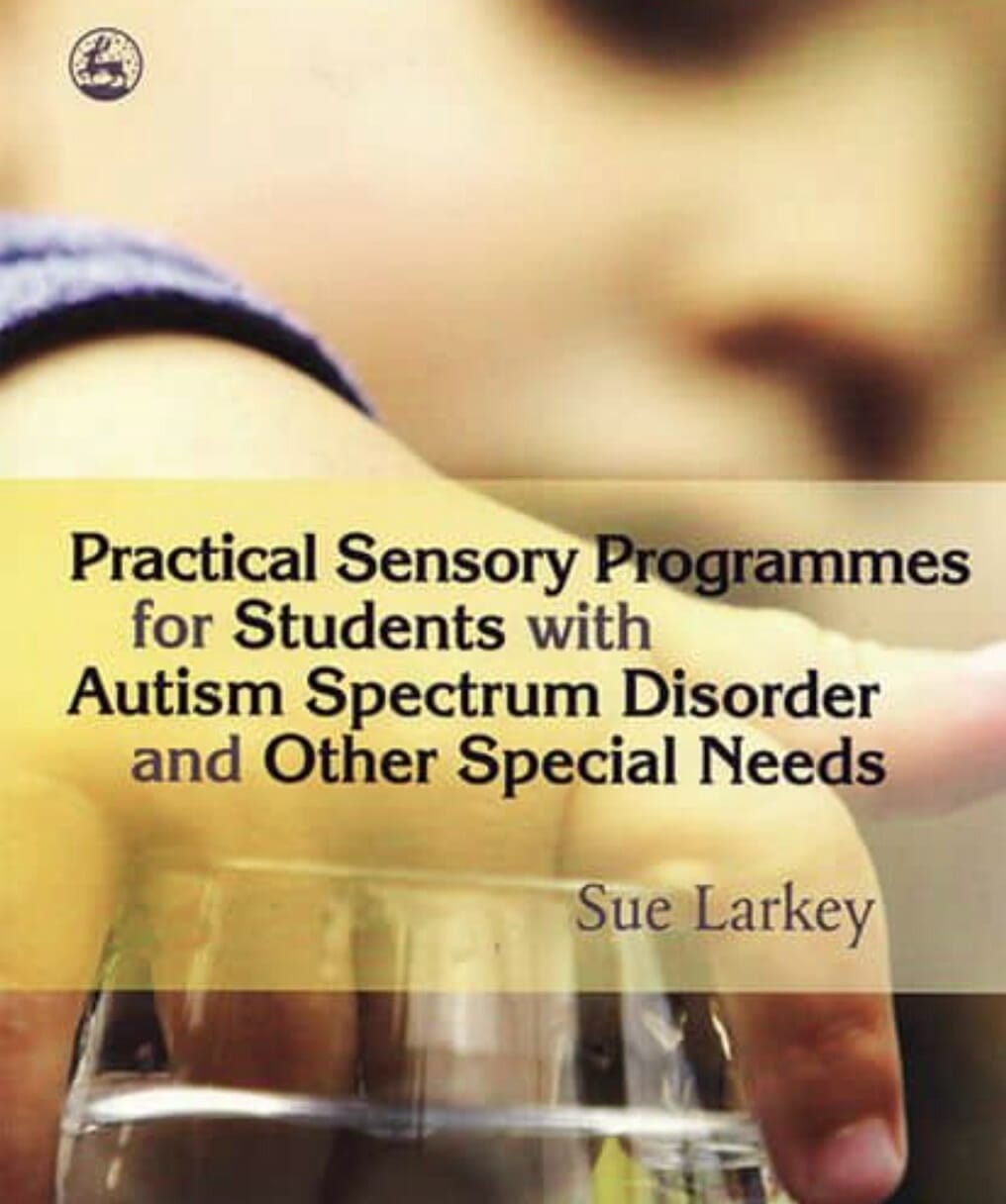


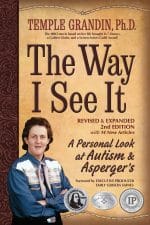
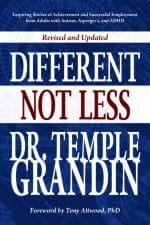

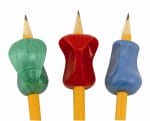

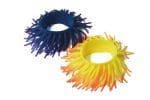


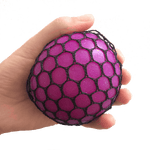
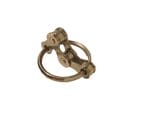





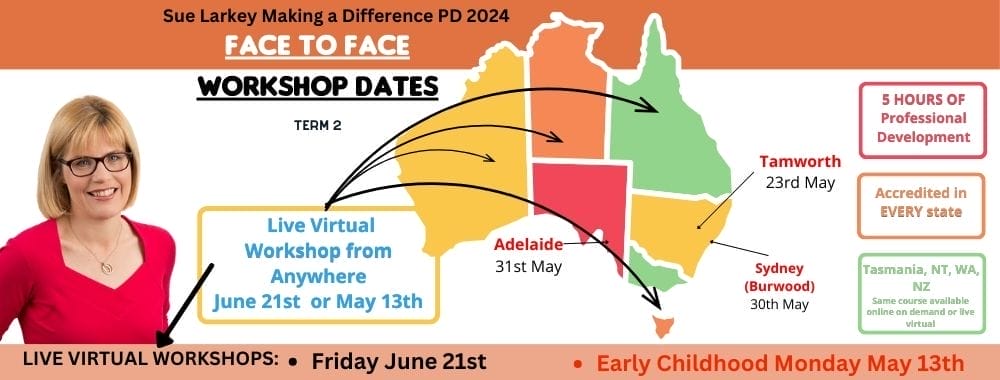

 For all orders outside Australia please email
For all orders outside Australia please email 